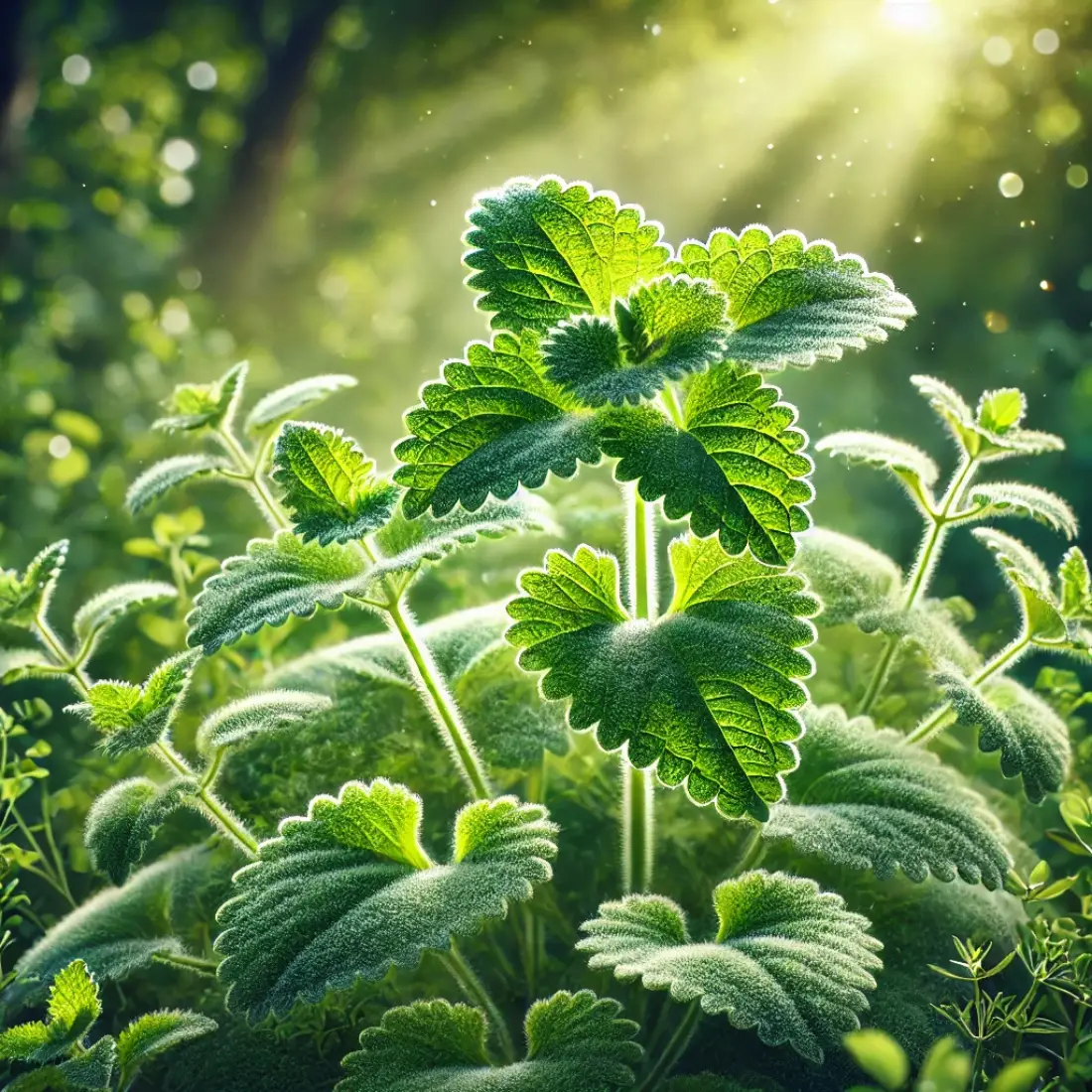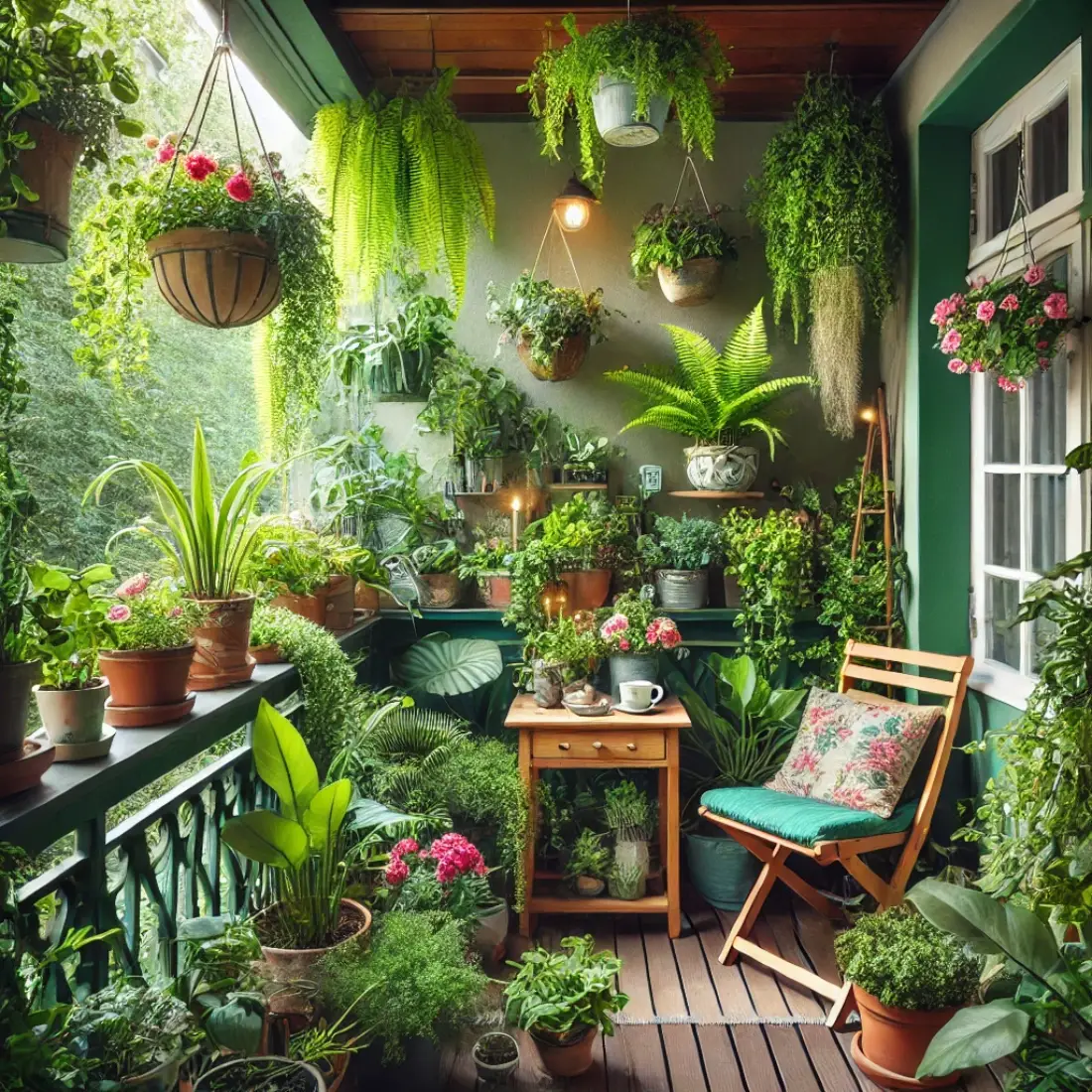Catnip is well-known for its ability to entertain and relax cats, making it a popular ingredient in cat toys and treats. Beyond its feline appeal, catnip has practical uses in the garden as a natural insect repellent, deterring pests like mosquitoes and aphids.
It can also be used as a companion plant to protect other crops. Additionally, catnip has herbal benefits for humans, it can be brewed into a soothing tea that aids in relaxation and digestion. Dried catnip leaves can also be used to make essential oils or herbal remedies.
- Catnip is a hardy, low-maintenance herb that can be easily grown both indoors and outdoors.
- It thrives in well-drained soil and requires 6-8 hours of direct sunlight daily for optimal growth.
- Regular pruning promotes bushier growth, ensuring a more abundant harvest.
- Watering should be moderate, allowing the soil to dry between waterings prevents root rot.
- Catnip can be grown from seeds or cuttings, with each method offering its own advantages.
- Container gardening is a great option for those with limited space or who wish to grow catnip indoors.
- Harvest catnip leaves when the plant is in full bloom, and dry them for long-term storage.
- Catnip is not only a treat for cats but also acts as a natural insect repellent in your garden.

Ideal Growing Conditions for Catnip
To grow healthy catnip, it’s essential to provide the right environment. Catnip thrives in full sunlight, requiring at least 6-8 hours of direct sunlight each day. This herb prefers well-drained soil with a slightly sandy texture, which helps prevent waterlogging—a common issue that can lead to root rot. The ideal soil pH for catnip ranges between 6.0 and 7.5, ensuring the plant can absorb nutrients effectively.
Catnip is adaptable to a wide range of climates. However, it prefers temperatures between 55°F and 85°F (13°C to 29°C). In warmer regions, providing some afternoon shade can protect the plant from excessive heat, which can cause stress and stunt its growth.
Watering is another crucial aspect of catnip care. While catnip is relatively drought-tolerant once established, it’s important to keep the soil moderately moist during its early growth stages. After the plant is established, allow the soil to dry out slightly between waterings to prevent overwatering, which can lead to fungal issues.
Good air circulation is also important, especially if you’re growing catnip indoors. This reduces the risk of mold and mildew. Whether you’re planting catnip in a garden bed or a container, ensuring these ideal growing conditions will result in a robust and productive plant that will thrive for years to come.
Growing Catnip from Seeds
Growing catnip from seeds is straightforward and rewarding. Start by selecting high-quality seeds from a reputable source. Sow the seeds indoors 6-8 weeks before the last frost, pressing them lightly into well-draining soil without covering them—they need light to germinate. Keep the soil moist and place the container in a sunny spot.
Germination typically occurs within 10-20 days. Once seedlings are 3-4 inches tall, gradually acclimate them to outdoor conditions before transplanting them into the garden or larger pots. Ensure they are spaced about 18 inches apart to allow room for growth.
Growing Catnip from Cuttings
Growing catnip from cuttings is an efficient way to propagate the plant. Start by selecting a healthy stem from an established catnip plant. Cut a 4-6 inch section just below a leaf node. Remove the lower leaves, leaving only a few at the top.
Place the cutting in water or directly into a pot filled with moist, well-drained soil. If using water, wait for roots to form, then transplant to soil once they’re about an inch long. Keep the cutting in a warm, sunny spot, and ensure the soil stays consistently moist until the plant is well-established.
Planting Catnip in Containers
Planting catnip in containers is ideal for gardeners with limited space or those who want to grow the herb indoors. Choose a container that’s at least 12 inches in diameter with drainage holes to prevent waterlogging. Use a well-draining potting mix, ideally one mixed with sand or perlite to enhance drainage. Place the container in a spot that receives 6-8 hours of direct sunlight daily.
When planting, space multiple catnip plants about 18 inches apart to allow for adequate airflow and growth. Water the plant thoroughly after planting, and then maintain a moderate watering routine, allowing the soil to dry slightly between waterings.
Container-grown catnip may require more frequent watering than garden-grown plants, especially during hot weather. Regular pruning will help keep the plant bushy and prevent it from becoming leggy. With proper care, container-grown catnip can thrive and provide a continuous harvest throughout the growing season.
Common Problems and Solutions
Growing catnip can be easy, but like any plant, it may encounter some issues. Yellowing leaves often indicate overwatering or poor drainage. To fix this, reduce watering and ensure the soil is well-draining. Leggy growth, where the plant becomes tall and spindly, is usually due to insufficient sunlight. Move the plant to a sunnier spot or trim it back to encourage bushier growth.
Root rot is another common problem, usually caused by waterlogged soil. Prevent this by using well-draining soil and allowing the top inch to dry out between waterings. If your catnip is spreading too aggressively, control its growth by regularly pruning or planting it in containers.
Pests, like aphids and spider mites, can also affect catnip. Use natural remedies such as neem oil or insecticidal soap to manage infestations. Addressing these issues promptly will keep your catnip plants healthy and thriving.
Harvesting and Storing Catnip
Harvesting catnip at the right time ensures maximum potency. The best time to harvest is just before the plant flowers when the leaves are most aromatic. Use sharp scissors or pruning shears to cut the stems, leaving a few inches of growth to encourage regrowth. For the highest quality, harvest catnip in the morning after the dew has dried but before the sun is too intense.
To dry the catnip, bundle the cut stems together and hang them upside down in a cool, dark, and well-ventilated area. Alternatively, you can use a dehydrator on a low setting. Once dried, strip the leaves from the stems and store them in an airtight container, away from light and moisture, to preserve their potency. Properly stored catnip can retain its effectiveness for up to a year, providing your cats with a year-round supply of this delightful herb.
FAQs About Growing Catnip
How long does it take for catnip to grow from seeds?
Catnip typically takes about 10-20 days to germinate from seeds. Once germinated, it can take 3-4 months to reach maturity and be ready for harvest.
Can catnip be grown indoors year-round?
Yes, catnip can be grown indoors year-round as long as it receives sufficient sunlight (6-8 hours) or artificial light and is kept in well-drained soil.
Why is my catnip not attracting cats?
If your catnip isn’t attracting cats, it may be due to low levels of nepetalactone, the compound that affects cats. Older or improperly stored catnip may lose its potency.
How do I prevent catnip from spreading too much in my garden?
To control the spread, plant catnip in containers or regularly prune the plant to prevent it from seeding and spreading.
Is catnip safe for all cats?
Yes, catnip is safe for most cats. However, not all cats are affected by it—about 30% of cats lack the gene that makes them sensitive to nepetalactone.
How often should I water catnip?
Catnip prefers moderate watering. Water the plant when the top inch of soil is dry, ensuring the soil doesn’t become waterlogged.
Can I grow catnip alongside other herbs?
Yes, catnip can be a great companion plant, especially for herbs and vegetables that benefit from its natural insect-repelling properties.
What pests commonly affect catnip, and how can I control them?
Common pests include aphids and spider mites. Control them using natural remedies like neem oil, insecticidal soap, or by introducing beneficial insects like ladybugs.
How should I prune my catnip plant?
Prune your catnip regularly by trimming back about one-third of the plant. This encourages bushier growth and prevents the plant from becoming too leggy.
Can I make tea from catnip?
Yes, catnip tea is a popular herbal remedy known for its calming effects. Simply steep dried catnip leaves in hot water for a soothing beverage.










